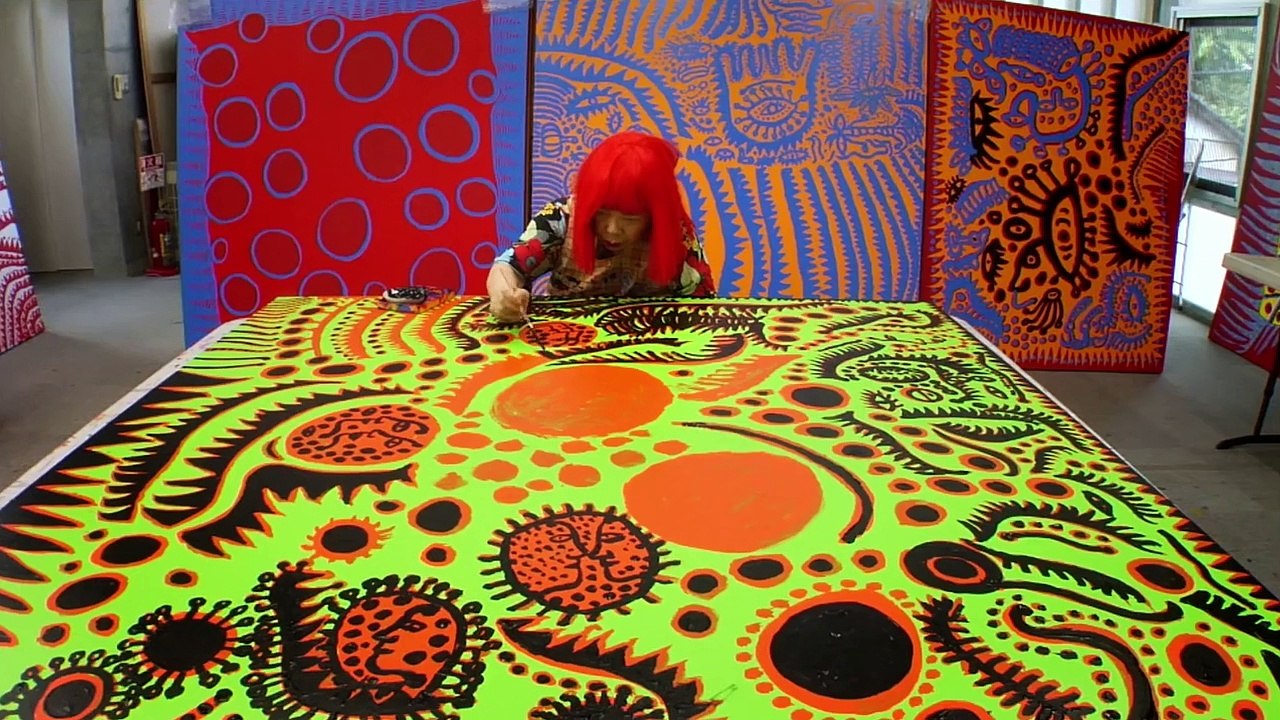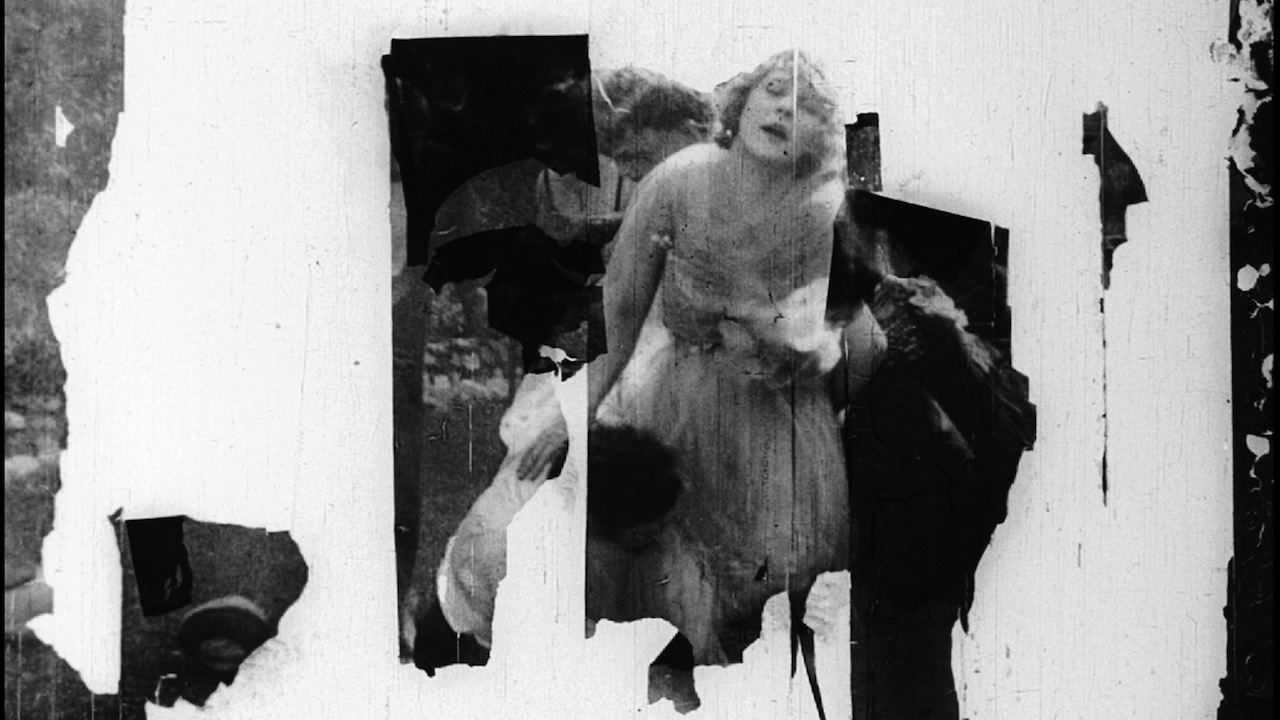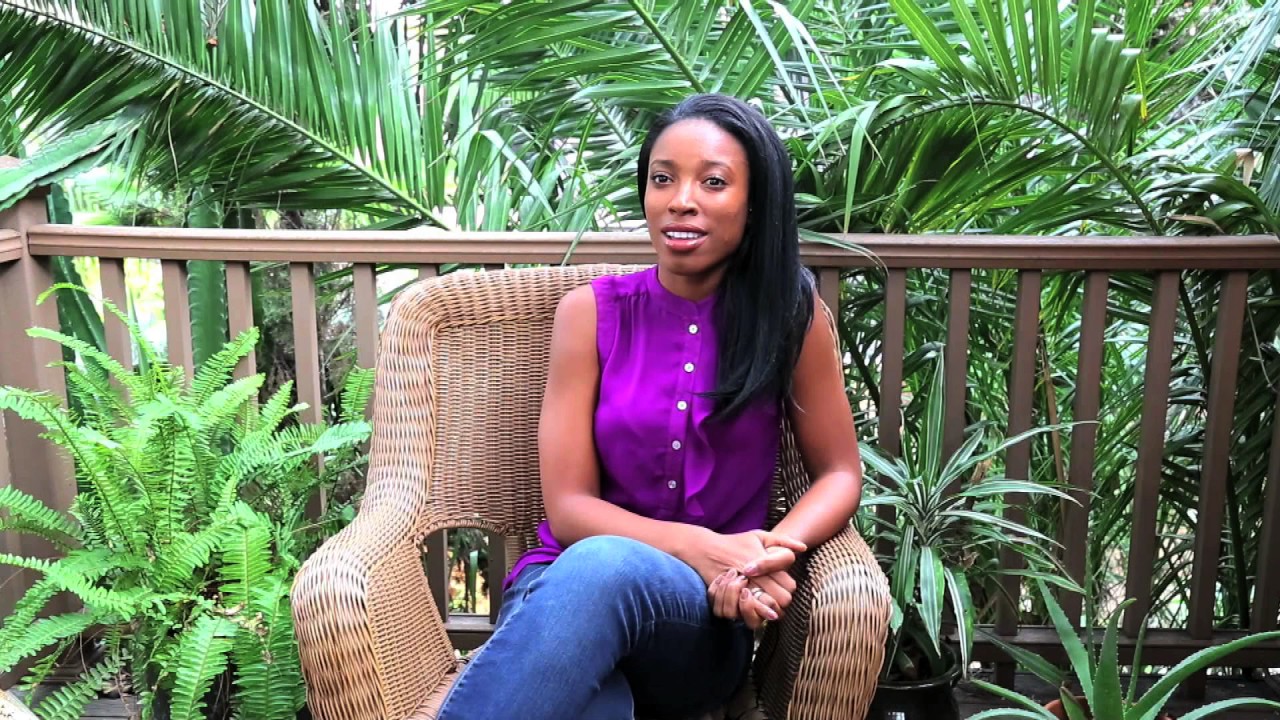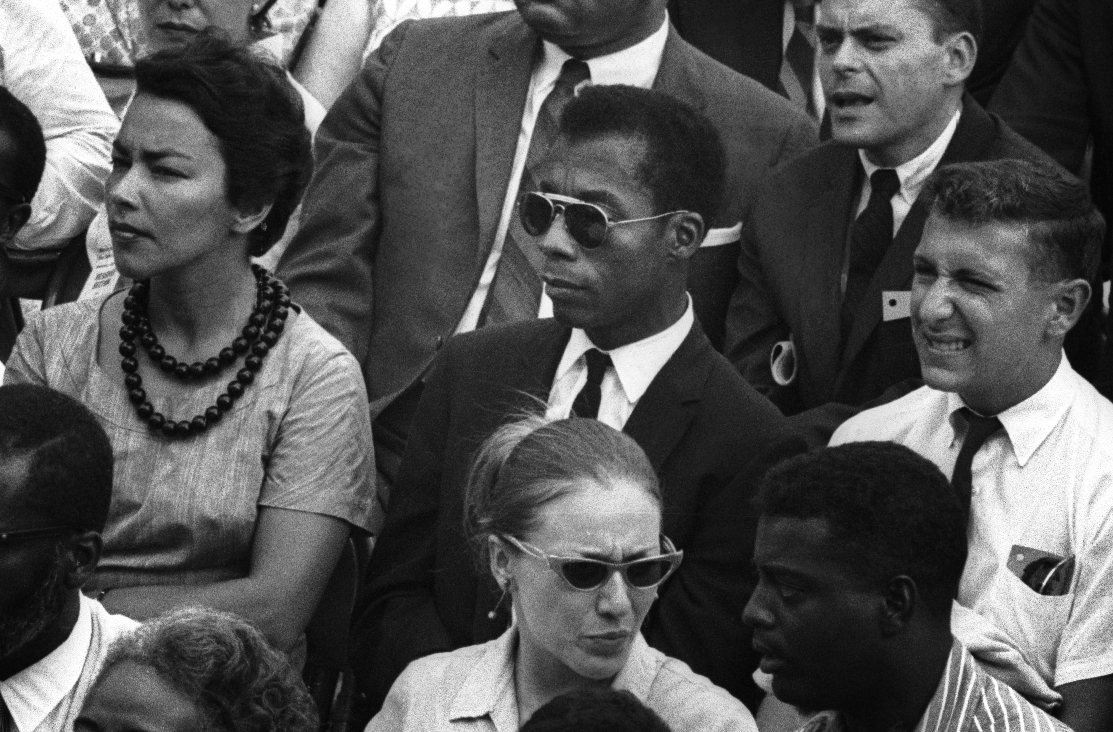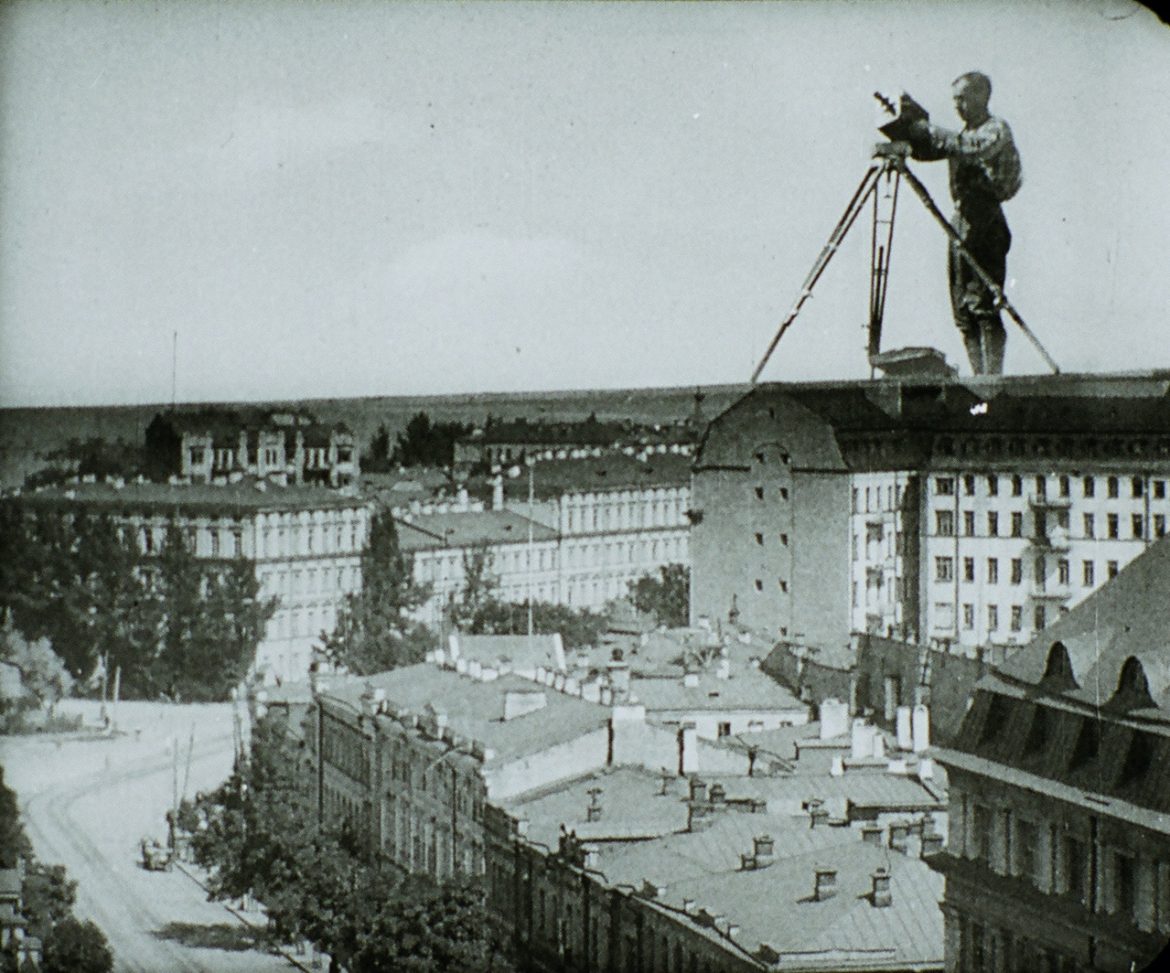With several months still to go, and no shortage of forthcoming releases, there’s already been talk about 2018 as The Year of Documentaries. Heather Lenz’s Kusama: Infinity probably won’t top too many year-end lists of these, but it merits inclusion: a solid, empathetic look at an artist whose body of work deserves the attention it’s finally receiving.
documentary
When bulldozers accidentally hit upon a cache of film reels in the cold ground of Dawson City, deep in the Yukon Territory, it was compared to the discovery of King Tut’s tomb.
Hyperbolic? Maybe. But the find — 533 films “dating from the 1910s and 20s [and mostly] previously unknown to film scholars or thought to be totally lost” — really was something of a miracle.
Lake Volta, formed when the massive Akosombo Dam was completed in 1965, covers nearly 4% of Ghana. With a surface area over 3,000 square miles (that’s 13 Lake Meads!), it’s one of the biggest man-made lakes in the world and, as photographed in Alyssa Fedele and Zachary Fink‘s compelling documentary The Rescue List, surely one of the most beautiful.
There’s no corner of cinema so explicit about its role as an act of remembrance than documentary film. Any film, in any genre, carries within it an aspect of memory — as a material object that dates from a certain moment and reflects its conditions, and as something more ethereal, something personal, cultural, and collective, subject to revisiting and remapping.
Actor, producer, and now director of The Invisible Vegan Jasmine Leyva doesn’t feel like mincing words.
When asked about why she wanted to make her new documentary-in-progress and how it relates to earlier films like Food, Inc., she responds:
Most of [the] experts are all white males; you don’t even introduce a POC until the 50-minute mark.
Lee Morgan was only a teenager when he exploded onto the bop scene, a cocky but undeniably talented kid ably sharing the stage with Dizzy Gillespie. He played alongside his friend Wayne Shorter in Art Blakey’s legendary Jazz Messengers, basically defining Blue Note’s hard bop sound at the time.
I don’t want to startle any of my readers, but it turns out I’m a white guy. Watching I Am Not Your Negro, this couldn’t have been clearer.
Perhaps you may have gleaned this fact about me somehow — say, my weird focus on Nicolas Cage or the fact that I genuinely, almost angrily enjoy La La Land.
Peter Middleton and James Spinney began with a relatively modest, if challenging, objective: to render cinematic the blind experience of snowfall. Years later, the result is their remarkable film Notes on Blindness, which premiered at Sundance and screened at festivals across the country (including SFIFF, where I was fortunate enough to catch it), picking up awards and accolades along the way.
It’s relatively rare for a film to begin with a mission statement, but Man With A Movie Camera — Dziga Vertov’s 1929 Constructivist ode to man, machine, and revolution — is not an ordinary film.
Before Vertov presents a dizzying, self-reflexive montage of a day in the life of post-Revolutionary Russia, he informs the viewer:
THIS FILM PRESENTS AN EXPERIMENT IN THE CINEMATIC COMMUNICATION OF VISIBLE EVENTS
WITHOUT THE AID OF INTERTITLES
WITHOUT THE AID OF A SCENARIO
WITHOUT THE AID OF THEATER
THE EXPERIMENTAL WORK AIMS AT CREATING A TRULY INTERNATIONAL ABSOLUTE LANGUAGE OF CINEMA BASED ON ITS TOTAL SEPARATION FROM THE LANGUAGE OF THEATER AND LITERATURE.
Things are not quite what they appear to be in Surname Viet Given Name Nam, Trinh T. Minh-ha’s masterful 1989 documentary.
Beginning as an apparently straightforward portrait of several women’s lives in past and present Vietnam, the film grows increasingly experimental as it continues, morphing into a feminist, post-colonial interrogation of form, positionality, the authority of the image, and film ethnography itself.

